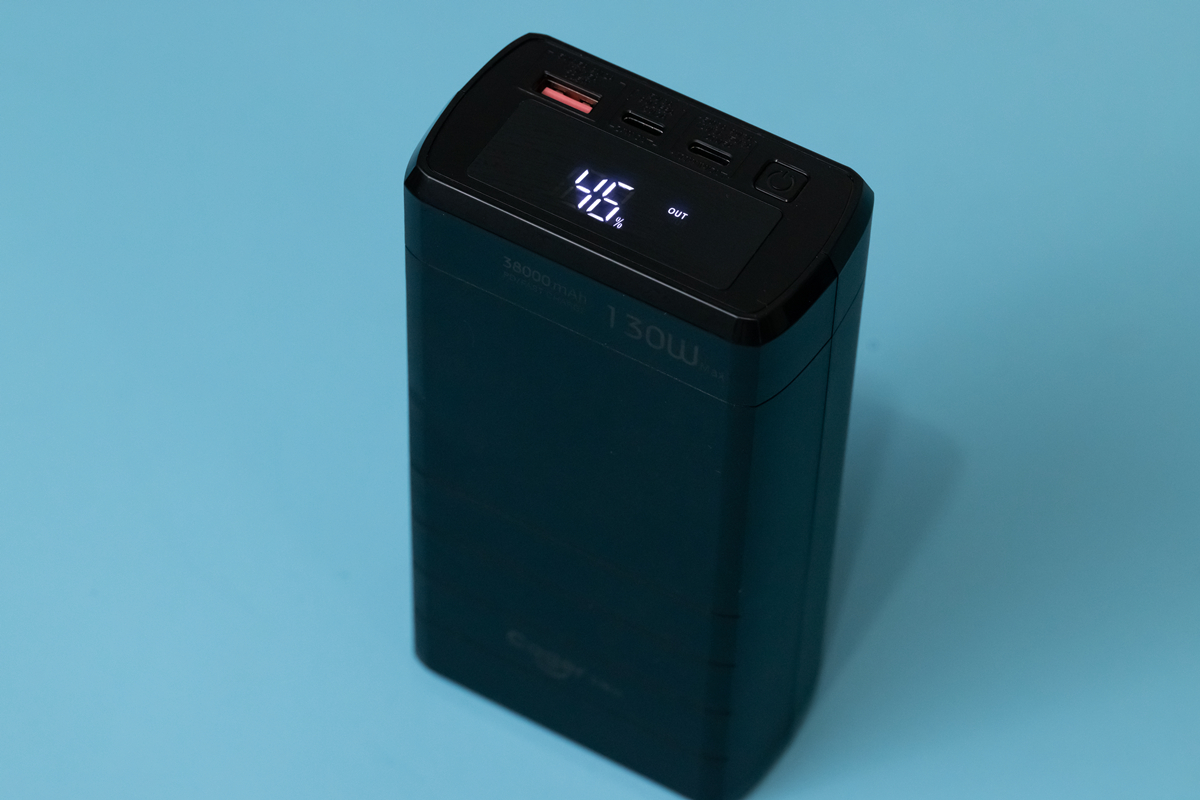Mobile power quality inspection requirements
2021-12-09 10:05:07
In today's mobile power market, good and bad are mixed. In order to reduce production costs, many manufacturers choose inferior production materials. This leads to a lot of safety hazards in mobile power. How can we ensure that the mobile power in our hands is safe? In 18 years, relevant departments issued the first national standards for mobile power supplies. In this document, a detailed explanation is provided for the testing requirements of mobile power supplies.

The requirements stipulate the technology of portable mobile power supply, required test methods, quality assessment procedures and signs, packaging, transportation and storage, especially for the mobile power supply's rated capacity, rated energy, environmentally safe design, and subsequent products packaging and design research and development supervision and spot checks, as well as transportation appraisal provide a more accurate basis for judgment.
1. The specification applies to the input voltage of the portable power bank, which cannot be greater than 250V, the output DC voltage cannot be greater than 60V, and the single-port input power current is not greater than 5A. Only a mobile power bank with a wired output is a qualified power bank.
2. The definitions of various terms are clearly defined in the specification. For example, a mobile power supply refers to a battery or battery pack. The combination of a circuit and a casing is called a mobile power supply, which can provide a stable power supply system for digital products.
In this complete set of mobile power standard system, the quality supervision of products will become more suspicious. If manufacturers continue to produce and sell mobile power that does not meet the relevant national regulations, they will face illegal actions. risk. This is also a strong control for the mobile power supply market, and the relevant departments will increase the number of non-compliant mobile power supplies. The required equipment is cracked down and supervised. This is also for us to reduce many hidden safety hazards in future use.
-
skype
Zale Zhou
